Name Daisy Melker Victims 3 | Span of killings 1923–1932 Date apprehended April 1932 Country South Africa | |
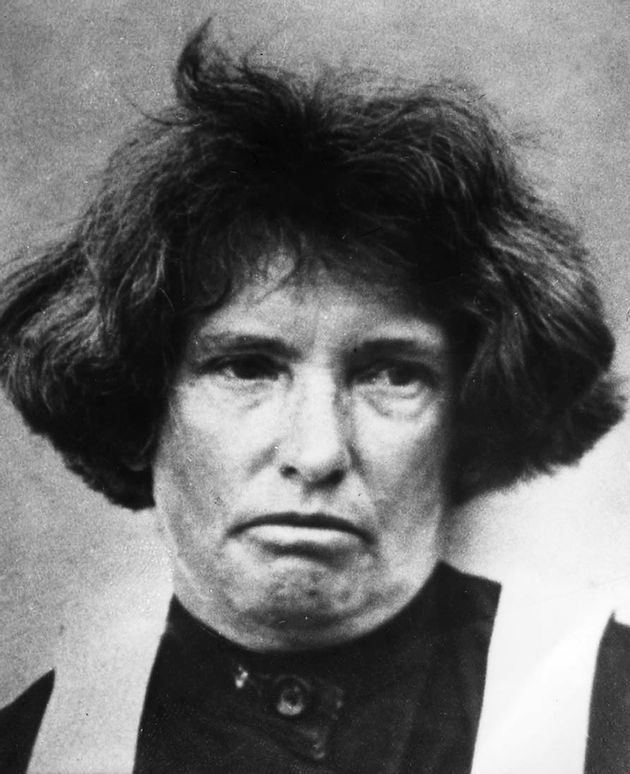 | ||
Born June 1, 1886 ( 1886-06-01 ) Seven Fountains, Eastern Cape Province, South Africa | ||
Criminal penalty Capital punishment Died 30 December 1932 (aged 46) Pretoria Central Prison, Pretoria, Transvaal, Union of South Africa Nationality South African Spouse 3 Children 1 Conviction(s) Murder | ||
Daisy Louisa C. De Melker (née Hancorn-Smith; 1 June 1886 – 30 December 1932) simply known as Daisy de Melker, was a trained nurse who poisoned two husbands with strychnine for their life insurance while living in Germiston in the central Transvaal (now Gauteng), and then poisoned her only son with arsenic for reasons which are still unclear. She is the second woman to have been hanged in South Africa.
Contents
- Early life
- First murder William Cowle first husband
- Second murder Robert Sproat second husband
- Third murder Rhodes Cecil Cowle son
- Arrest trial and execution
- Daisy de Melker in popular culture
- References
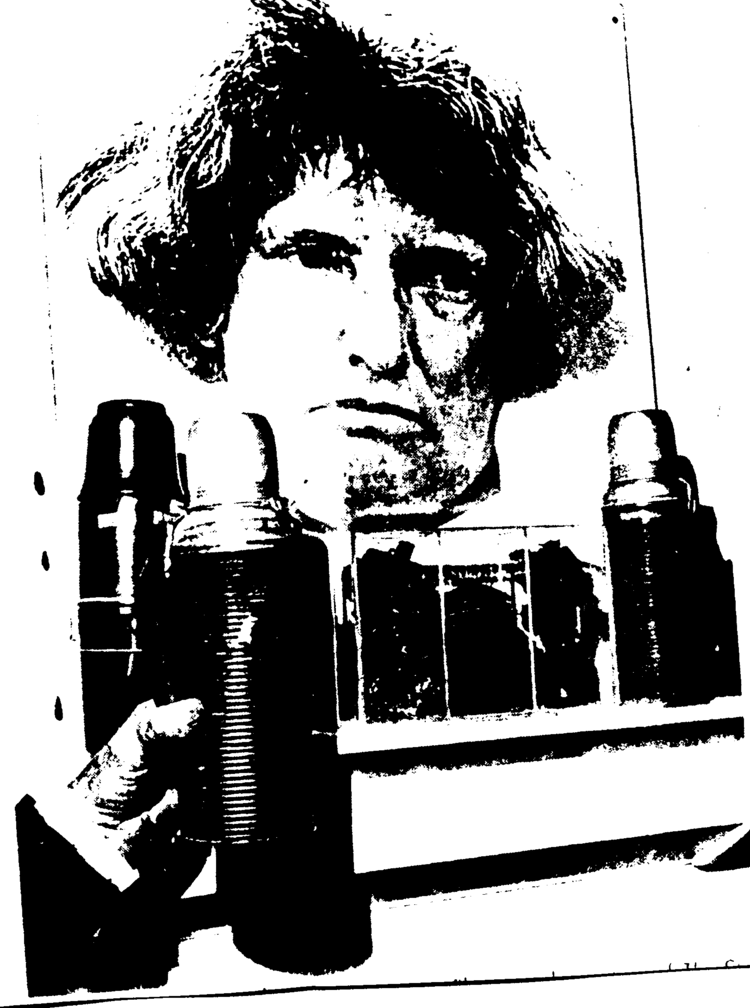
Daisy de Melker was accused of three murders but was only convicted of one, that of killing her son. The charges of poisoning her husbands were never proved in a court of law. It was William Sproat, the younger brother of her second husband, who accused her because he wanted Robert Sproat's will in favour of Daisy declared invalid. Daisy refused to refund an alleged loan from Mrs Jane Sproat, Robert's mother, to Robert; she regarded it as a gift and argued that it was not stipulated in the will as a loan. William Sproat won the civil case regarding the will, which ran concurrently with the murder trial, and was awarded costs. Daisy withdrew on the date Justice Greenberg sentenced her for murder. William's was a Pyrrhic victory however. To pay her exorbitant legal costs Daisy had to hock all her assets. She was declared insolvent and was eventually buried in a prison pauper's grave.
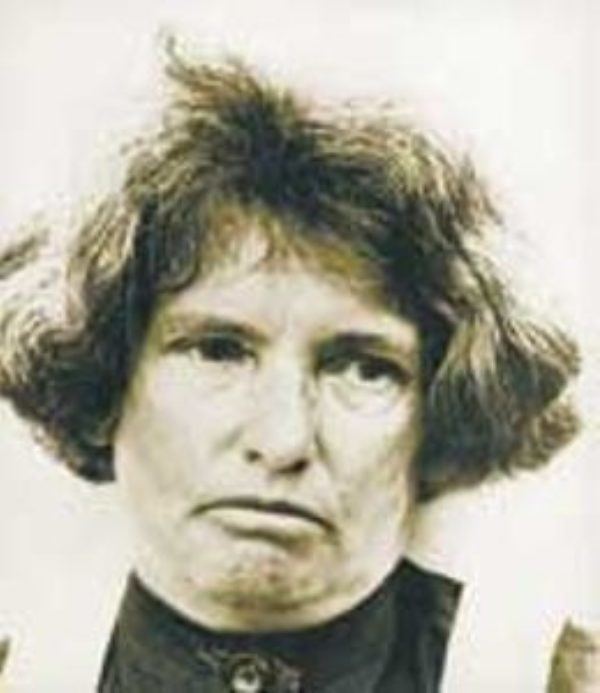
Early life
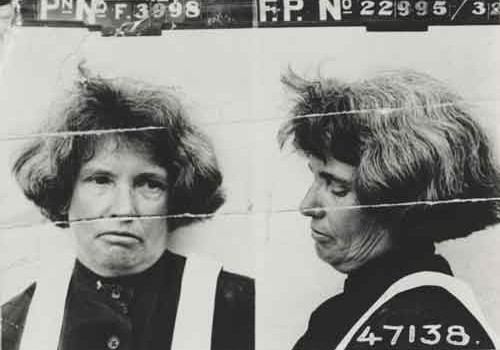
Daisy Hancorn-Smith was born at Seven Fountains near Grahamstown, South Africa. She was one of eleven children. When she was twelve, she went to Bulawayo, Rhodesia (now Zimbabwe) to live with her father and two of her brothers. Three years later, she became a boarder at the Good Hope Seminary School in Cape Town. She returned to Rhodesia in 1903, but apparently found rural life unexciting, because it was not long before she returned to South Africa and enrolled at the Berea Nursing Home in Durban.
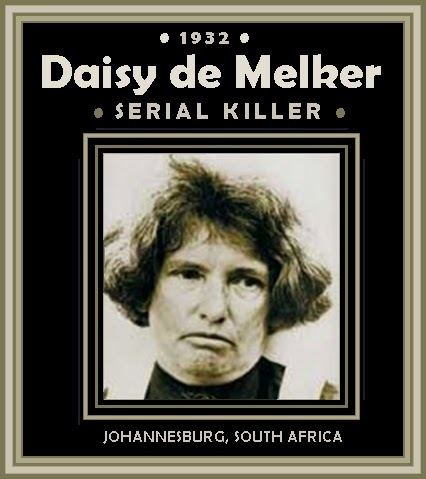
On one of her holidays in Rhodesia, she met and fell in love with a young man named Bert Fuller who was a civil servant in the Native Affairs Department at Broken Hill. They planned to marry in October 1907. However, Fuller contracted blackwater fever and died, with Daisy at his bedside, on the very day they had planned to marry. Fuller left a will bequeathing £100 to his fiancée.
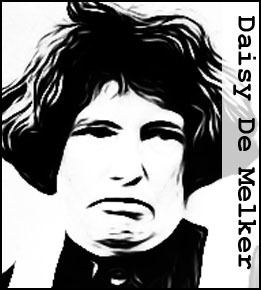
In March 1909, about eighteen months after the death of Bert Fuller, Daisy married William Alfred Cowle, a plumber, in Johannesburg. She was 22 and he was 36. The couple had five children, four of whom died. The first were twins, who died in infancy; their third child died of an abscess on the liver; and the fourth suffered convulsions and bowel trouble and died at the age of 15 months. Their last, and only surviving child, Rhodes Cecil, was born in June 1911.
First murder: William Cowle (first husband)
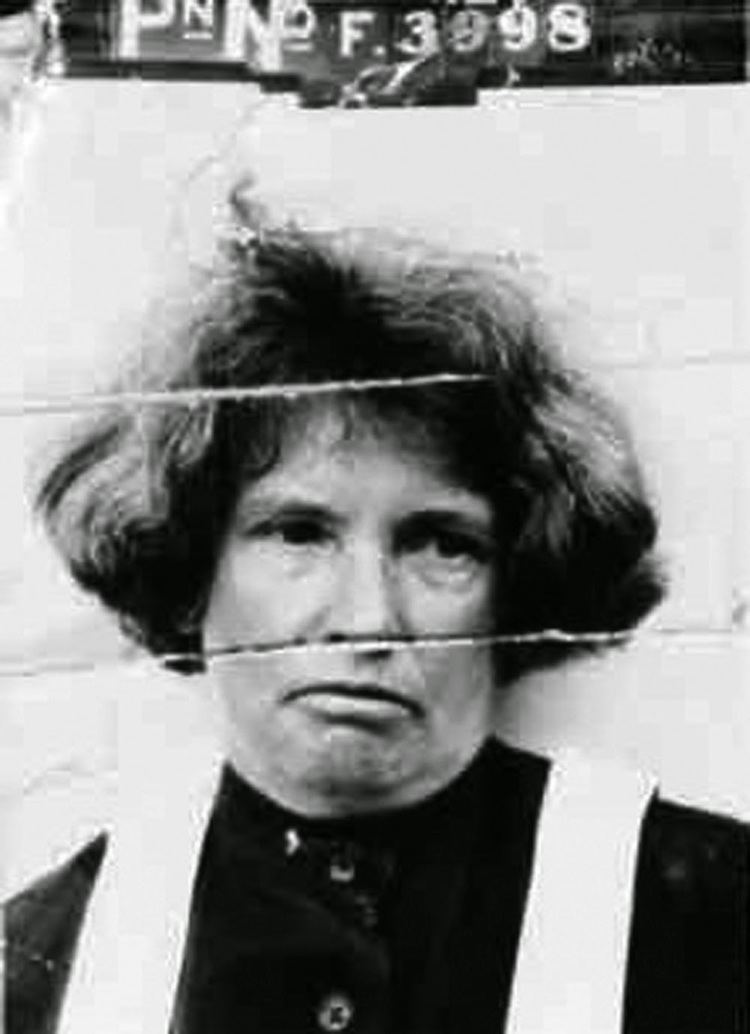
Early on the morning of 11 January 1923, William Cowle became ill soon after taking epsom salts prepared by his wife. The first doctor who attended him did not consider his condition to be serious and prescribed a bromide mixture. But Cowle's condition deteriorated rapidly. Not long after the doctor had left, he took a turn for the worse. His wife summoned the neighbors to help and called for another doctor. Cowle was in excruciating pain when the second doctor arrived. He foamed at the mouth, was blue in the face, and screamed in agony if anyone touched him, until he died.
Faced with these symptoms, the second doctor suspected strychnine poisoning and refused to sign the death certificate. A postmortem was subsequently performed by the acting District Surgeon, Dr. Fergus. The cause of death was certified to be chronic nephritis and cerebral hemorrhage. Daisy Cowle, the sole beneficiary of her husband's will, inherited £1795.
Second murder: Robert Sproat (second husband)
At the age of thirty-six, and three years to the day after the death of her first husband, Daisy Cowle married another plumber. His name was Robert Sproat and was ten years her senior. In October 1927, Robert Sproat became violently ill. He was in great agony and suffered severe muscle spasms similar to those experienced by William Cowle, but he recovered. A few weeks later, he suffered a second fatal attack after drinking some beer in the company of his wife and stepson, Rhodes. He died on 6 November 1927. Dr. Mallinick, the attending physician, certified that the cause of death was arteriosclerosis and cerebral hemorrhage. No autopsy was performed. Following Robert Sproat's death, his widow inherited over £4000, plus a further £560 paid by his pension fund.
Third murder: Rhodes Cecil Cowle (son)
On 21 January 1931, Daisy Sproat married for the third time. Her husband was a widower, Sydney Clarence de Melker, who like her previous two husbands, was a plumber.
Late in February 1932, de Melker had traveled from Germiston on the East Rand to Turffontein, to obtain arsenic from a chemist. She used her former name, Sproat, and claimed that she required the poison to destroy a sick cat. Less than a week later, on 2 March 1932, Rhodes fell ill at work after drinking coffee from a thermos flask which his mother had prepared for him. A fellow worker, James Webster, also become violently sick. Webster, who had drunk very little of the coffee, recovered within a few days, but Rhodes died at home at midday on 5 March. A postmortem followed and the cause of death was given as cerebral malaria. Rhodes was buried at New Brixton cemetery the following day; on 1 April, de Melker received £100 from Rhodes' life insurance policy.
At the time of his death, Daisy de Melker's only son Rhodes Cowle was 20. His sister in law, Eileen De Melker, thought him lazy and remarked that he was often unwilling to get up for work in the morning. However, another witness at his mother's trial described him as "bright and conscientious" and a "real gentleman". Certainly the evidence conflicted, but none of it explained why Daisy de Melker decided to kill Rhodes. In the case of her first two husbands, the motive seemed clearly to be financial gain.
Rhodes seems to have been under the impression that he would come into an inheritance at the age of 21. One theory is that he was demanding more than Daisy could give him and was becoming a burden to her. The most obvious answer is that she simply didn't like him and that he was a disappointment to her. She had pampered him all his life, but he rarely showed her any consideration in return.
Arrest, trial and execution
By this time, William Sproat (the brother of Daisy de Melker's second dead husband) had become suspicious and these suspicions were conveyed to the authorities. On 15 April 1932, the police obtained a court order permitting them to exhume the bodies of Rhodes Cowle, Robert Sproat and William Cowle.
The first body to be removed was that of Rhodes Cowle. The corpse was found to be in an unusually good state of preservation, which is characteristic of the presence of arsenic in large quantities. A state forensic pathologist was able to isolate traces of arsenic in the viscera, backbone and hair. Although the bodies of William Cowle and Robert Sproat were largely decomposed, traces of strychnine were found in the vertebrae of each man. Their bones also had a pinkish discoloration, suggesting that the men had taken pink strychnine, which was common at the time.
Traces of arsenic were also found in the hair and fingernails of James Webster, Rhodes' colleague who had survived.
A week later, the police arrested De Melker and charged her with the murder of all three men. Public interest in the De Melker case grew, and the newspapers gave the story a great deal of coverage. The Turffontein chemist, a Mr. Abraham Spilkin, from whom she had bought the arsenic that killed her son, recognized De Melker from a newspaper photograph as being "Mrs D.L. Sproat", who had signed the poisons register, and went to the police.
The De Melker trial lasted thirty days. Sixty witnesses were called for the Crown and less than half this number for the defense. To present the forensic evidence, the Crown employed the services of Dr. J.M. Watt, an expert toxicologist and Professor of Pharmacology at the Witwatersrand University. In summing up, before giving his verdict, the judge pointed out that the Crown had been unable to prove conclusively that Cowle and Sproat had died of strychnine poisoning. "It does not convince me, nor does it convict the accused," he said.
On the third count, however, he had come to the "inescapable conclusion" that De Melker had murdered her son. This was evident because:
When the judge finally turned to pass sentence on de Melker, her face whitened but she still proclaimed her innocence.
Daisy de Melker (aged 46 years) was condemned to death by hanging. The sentence was carried out on the morning of 30 December 1932 at Pretoria Central Prison.
